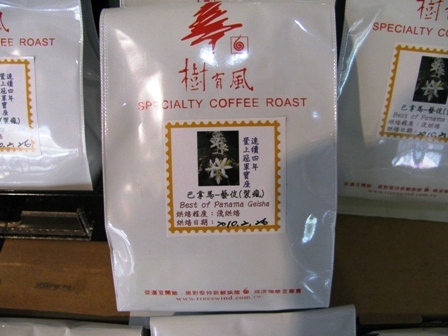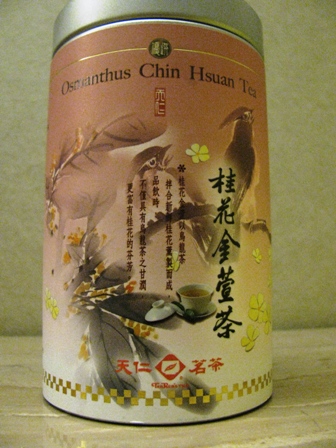From André Heitz.
Approval of genetically modified varieties in Europe is governed by a strange rule: a qualified majority of member States in Council is required for either approving or rejecting a GMV, and if a qualified majority does not obtain, the decision is entrusted to the European Commission. For the last twelve years — a period of time in which GMVs rose from some 30 to some 134 million hectares worldwide — member States have always managed to create the stalemate that threw the hot potato onto a shy Commission preoccupied by its standing rather than effectiveness.
Things may have changed on 2 March 2010, when the Commission — ending a process that started in January 2003 — approved BASF’s Amflora potato for cultivation for industrial use (it is a starch potato composed almost exclusively of amylopectin) and authorised the use of its by-products as feed. At the same time, it authorised the placing on the market of three GM maize products (MON863xMON810, MON863xNK603, MON863xMON810xNK603) for food and feed uses, but not for cultivation.
Not unexpectedly, these decisions provoked the ire of “environmental groups” and some member States. In the Amflora case, the controversy centres on the presence of an antibiotic resistance marker gene.
Whether those decisions are a positive signal for GMVs in Europe is quite uncertain, however.
Firstly, the cultivation authorisation for Amflora is subject to restrictions to prevent the mixing of the GM potato with conventional or organic potatoes. Sounds reasonable, but the measures are nothing but good crop husbandry and industrial practices, moreover in the context of a crop that will be grown exclusively under contract with a limited number of processors. The upshot is that this potato is still treated like a delinquent requiring close scrutiny. Ironically, if we exclude the ARM nptII gene (now present elsewhere on millions of hectares) and the changed proportion of amylopectin and amylose, Amflora is no different from conventional starch potatoes.
Secondly, it is understood that member States will be free to refuse the cultivation of Amflora (at present, member States can only derogate to the principle of a single market under strict conditions). The Commission will also produce a “proposal by the summer setting out how a Community authorisation system, based on science, can be combined with freedom for Member States to decide whether or not they wish to cultivate GM crops on their territory”.
Health and Consumer Policy Commissioner, John Dalli stated: “Responsible innovation will be my guiding principle when dealing with innovative technologies. After an extensive and thorough review of the five pending GM files, it became clear to me that there were no new scientific issues that merited further assessment. All scientific issues, particularly those concerning safety, had been fully addressed. Any delay would have simply been unjustified. By taking these decisions, the European Commission fulfils its role in a responsible manner.” There is every reason to expect that national governments — and why not also regional and local authorities — will not decide on the same basis when confronted with irrational arguments and electoral pressure.
For more, both with further links:

